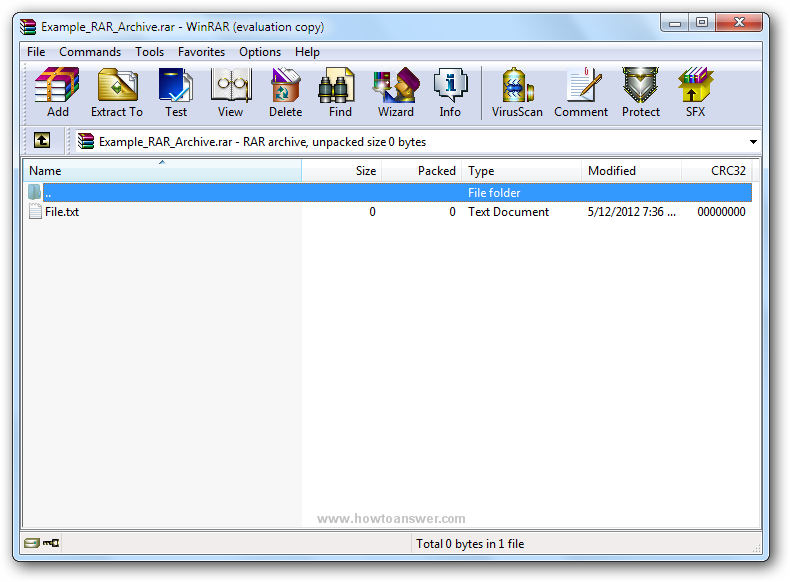
I thank you all for your help and will answer any questions you might have to help clarify.

Ideally, I want to unzip one file into a temp file, then unzipping the next file, then reading in the csv into a data frame. Because I am not downloading it 'directly' I do not know how to manipulate it. I cannot wrap my head around taking it to the next level. In all the cases the code block looks similar to this: temp <- tempfile() I know have a list of many other file that I have downloaded and then loaded into objects. This time they decided to put multiple versions of the data embedded in zip files inside of a larger zip file. The analysis I am doing draws on files that usually have the same name but are updated regularly. You can also customize other options under the Extraction menu in the program.I am attempting to extract a CSV that is inside of a zip file nested in another zip file posted online. In other words, you can set it as high or as low as you want to guarantee it carries out the correct operation. The program automatically detects the file type, but you can set confidence thresholds to further fine-tune the functionality. You can find it within the Mac App store. It integrates its extraction tools into basic navigation, but it does provide an extensive list of compatible file types.

The Unarchiver is a simple, barebones file extraction program for Mac that doesn’t even have an interface. PeaZip provides a huge amount of functionality for absolutely no cost, and there are no features locked behind a paywall. You can choose to compress files in more than ten different formats, as well as choose whether you want the program to prioritize compression speed or efficiency. There is a Linux version available if users want one. It works on a variety of devices, although it does not work for Mac. Like many of the other options on this list, PeaZip is an open-source program supported by volunteer efforts. PeaZip provides strong encryption options, two-factor authentication, and more. Some formats like zip compress each file individually so. The first is the number of privacy options available. that depends on the compression format, I dont think there is a tool to do that out of the box. PeaZip includes all the basic functionality users expect from a file extractor, but it includes several features that set it apart. You can download WinRAR directly from the company’s website here. Usually, 7-Zip compresses to 7z format 30-70 better than to zip format. There is no Mac version of WinRAR, although there are Mac-focused options. 7-Zip is a file archiver with a high compression ratio. It just aggressively prompts you to upgrade the paid version upon startup.

WinRAR is technically a paid program, but its free trial doesn’t restrict you from using it once it runs out. One particularly useful feature is the Wizard function, which is a guide for new users to walk them through the process of extracting files from a zipped folder, as well as using other tools.


 0 kommentar(er)
0 kommentar(er)
